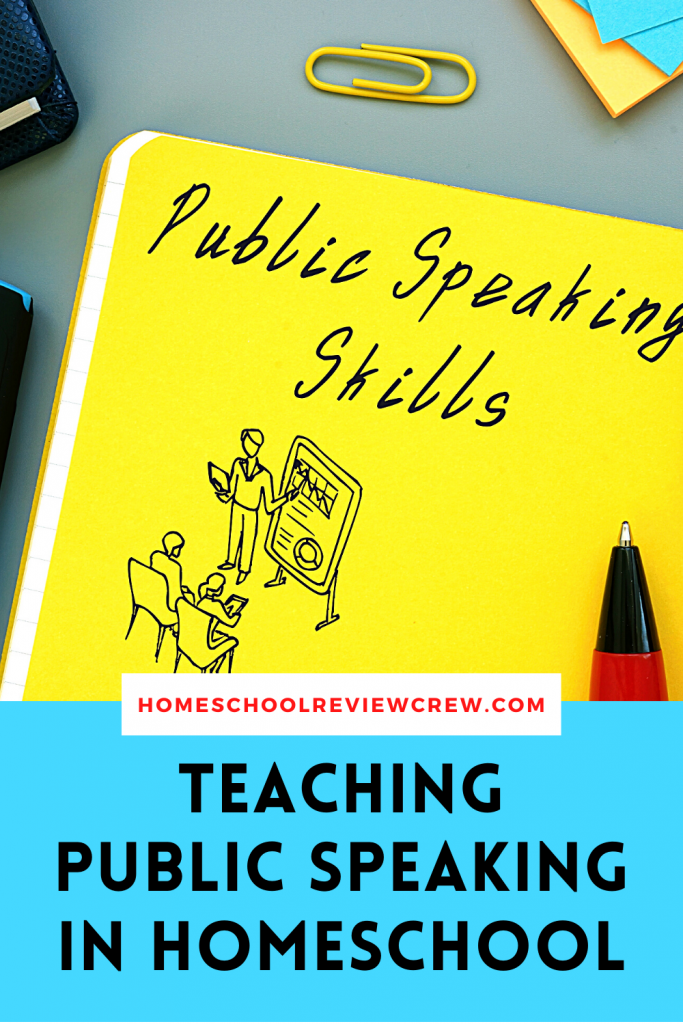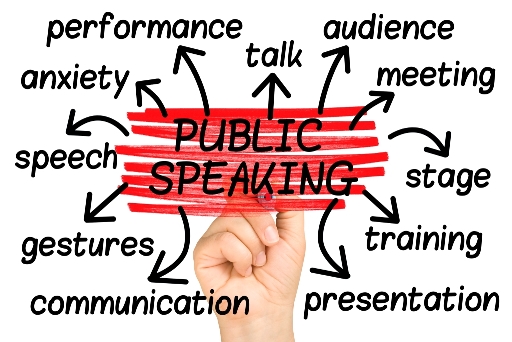Speaking in public brings everyone the heebie-jeebies. Nearly 75% of people suffer from speech anxiety or glossophobia. It’s nerve-wracking, sweat-breaking, butterflies-in-the-stomach kind of panic. And it doesn’t necessarily have to be in front of an audience of a hundred people; it could be that you’re pitching an idea to three or four of your colleagues at a team meeting at work.
But glossophobia can be conquered. Public speaking doesn’t have to be frightening. It could actually be a lot of fun where you take part in a wonderful experience, meet new people and learn new things. To make sure you—and your listeners—enjoy your next public speaking event, try these simple tips.

1. Know your audience
Before preparing your speech, there are 2 things you have to know: what you’ll be talking about and who your audience is. The first one goes without saying. It’s the second one that needs a bit of research. You know to need to find out the following about who’s going to be listening to what you have to say:
- number of attendees
- level of expertise
- age range
Once you know this, you can modify your speech accordingly. You’ll appear friendly and relaxed, which is a sure way to reduce your apprehension and make your speech a success. You’re giving them a reason to listen to you by providing information they want and need.
2. Prepare, prepare, prepare.
Make your material most effective by using anecdotes, humor, and a personal touch. Start with an attention-grabbing introduction and end with a compelling finish. Refrain from reading too much because it limits eye contact, which is crucial if you want to keep your audience engaged and focused on your message. A good idea would be to draw up an outline or cue cards you can quickly look at to jog your memory and bring you back on track.
While it’s important to be thoroughly prepared, it’s also a great tactic to pay attention to your audience, gauge their reactions to your speech, and adapt accordingly. Having that flexibility in your demeanor means your positive energy and enthusiasm will flow through to your audience and help them enjoy your topic.

3. Use audiovisuals wisely
While they may seem like a nice touch, they can also break your audience’s attention. Choose audiovisuals that serve a direct purpose, like clarifying your message and maintaining your audience’s attention.
4. Change your outlook
Instead of going out in front of everyone worrying about how you’ll do and how they’ll react in a negative light, think of it as being given a chance to talk about something you enjoy. Also, get comfortable with being quiet in front of a group of people.
You don’t have to talk the entire time; you get a few seconds here and there to look out at your audience, catch your breath and gauge their reactions. Use the silence to add to your speech, not take away from it.
5. Be confident in your own skin
First off, as much as we hate to admit it, your appearance is what you’ll be judged on in those first few seconds. So, choose an outfit that makes you feel confident and self-assured. You can also get your hair done and a manicure to boost your confidence level because when you like what you see, you’ll feel great, and that will trickle down to your listeners.
Once your speech starts, there are things like smiling, eye contact, relaxed body language, and a powerful, friendly voice that maintains that confidence level and keeps your audience wanting to hear you until the end.
No one in the audience expects perfection. Just putting in the time to practice and go over your speech goes a long way in terms of calming your nerves, boosting your presentation skills, and bolstering your confidence.
Public Speaking & Homeschool
Providing your homeschooled student the opportunity to overcome this fear can give them a big advantage! It helps them gain confidence, develop critical thinking skills, and learn to present themselves effectively in interviews.
Public speaking can be an academic (on the transcript) or extracurricular activity. As an extracurricular activity, it would include participation in speech clubs, debates, and other community events. As an academic subject, speech includes both oral and written communication. SchoolhouseTeachers.com has some fabulous elective classes that will help your students master the art of public speaking!
- Introduction to Public Speaking includes instruction, along with informative websites and activities that include writing and performing. Homeschool students cover topics like impromptu speaking, expository speeches, speaking on current events, interpretative speeches, and how to write a memorable message. It is best to work through these introductions to public speaking lessons in sequential order as they build on each other to help teens with the skills and confidence needed for public speaking.
- There is also an Advanced Public Speaking class that builds upon the skills from the introductory class.
Whether through a co-op, virtual classes, or your local worship center, there are many opportunities for public speaking practice . . . you just have to be ready when they present themselves!

A big thank you to Yvie Field of
Homeschool On the Range for writing this Crew Article.
Let’s Encourage Each Other!
Do your students take part in public speaking opportunities?
We’d love to hear from you! Comment below.

I love this post!
I still need these tips as an adult, but while homeschooling I have the chance to help my kids learn these skills early!
Thank you!
I teach public speaking at our co-op. This article was very helpful..
Thank you so much for letting us know!